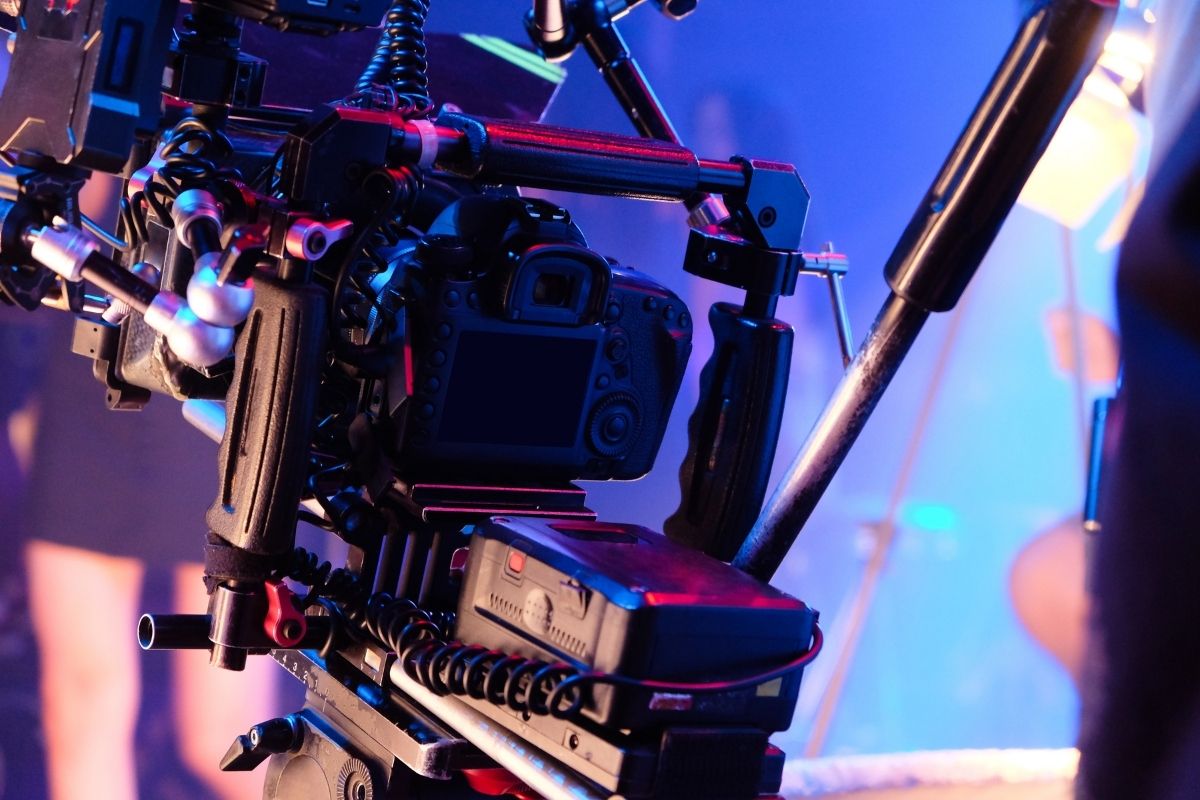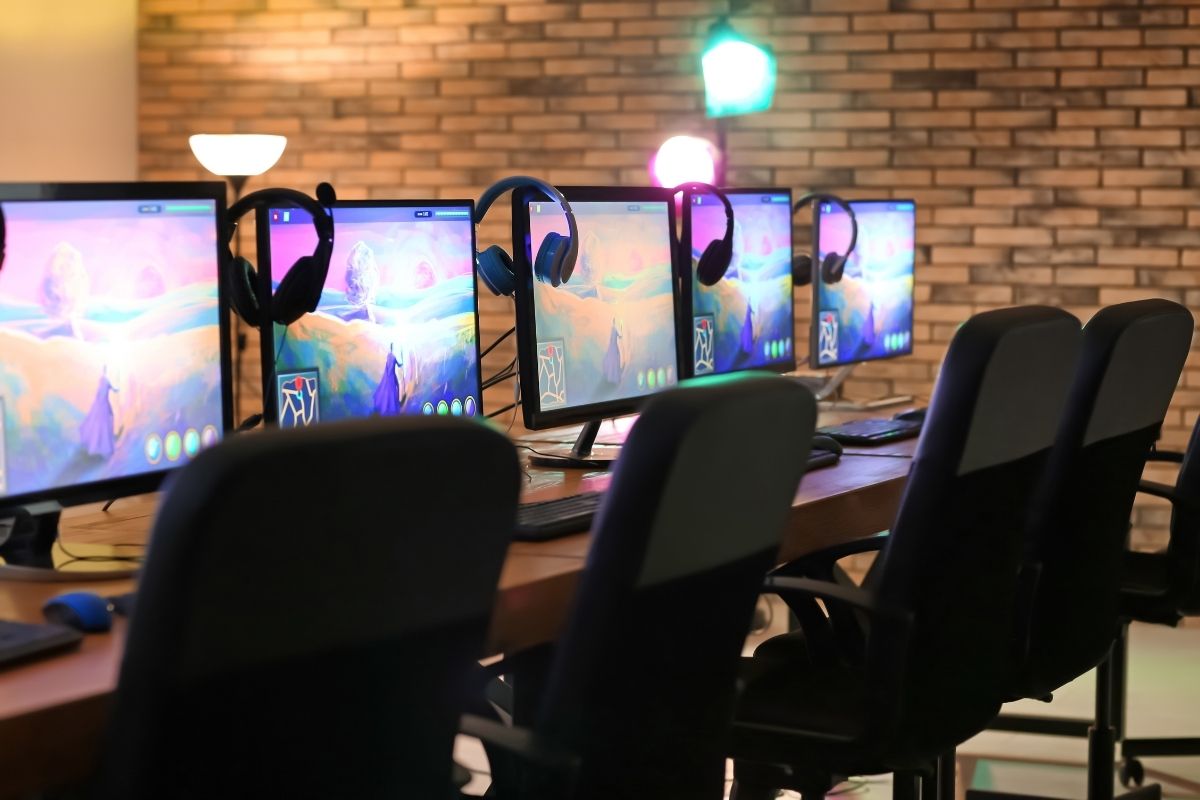Visual Effects (VFX): VFX production Arc: Pre-Production and Principal
“When I talk about pre-production and production in sci-fi or visual effects, I really should say sci-fi or visual effects world,” says Seith Mann. “Because now in film production, there’s much more visual effects usage. For instance, we used visual effects on The Breaks to recreate physical realities that no longer existed. To depict architecture of 1990s New York City, we removed modern day objects from our 2015 New York City shoot—any evidence we were not actually in 1990.”
“There’s a lot we can agree on, when talking about what that reality should look like (1990s New York), while trying to get as close as we can to it,” continues Mann. “But it’s very different in a sci-fi environment, you’re trying to create and present something as reality that doesn’t even exist in our world.”
For instance, something like the “Crooked Man” in Raising Dion, which was, on paper, this lightning monster, which is cool when you read it. But then it’s like, but what exactly does a lightning monster look like? This feels like it.
We went through many different drawings and concept diagrams of what this monster would look like. Once you have something, that’s great because you can share it with your actors, other crew people. Then they have a sense of what it is they’re imagining.
“That’s important because when we’re shooting, the monster’s not actually there,” explains Mann. “But I need people to be reacting to the same thing, even though there’s nothing there.”
I mean, there may be some lights up on stands that shoot lightning strikes for timing, something like interactive lighting that will work when everything’s cut together. “But my poor cast is tasked with imagining something that they’ve never seen before. They must react to it in a way that’s believable and consistent among these different characters,” says Mann.
I can’t assume that, because something’s not there, I don’t have to be specific. That’s a false assumption, even though there’s some flexibility.
I have to say to yourself, “OK, the monster’s over there and he’s hurting something now”, as far as camera composition and timing is concerned. “Not just for the cast, but for any interactive gags that are going to help sell the illusion once the visual component is laid in,” Mann ends.
###





